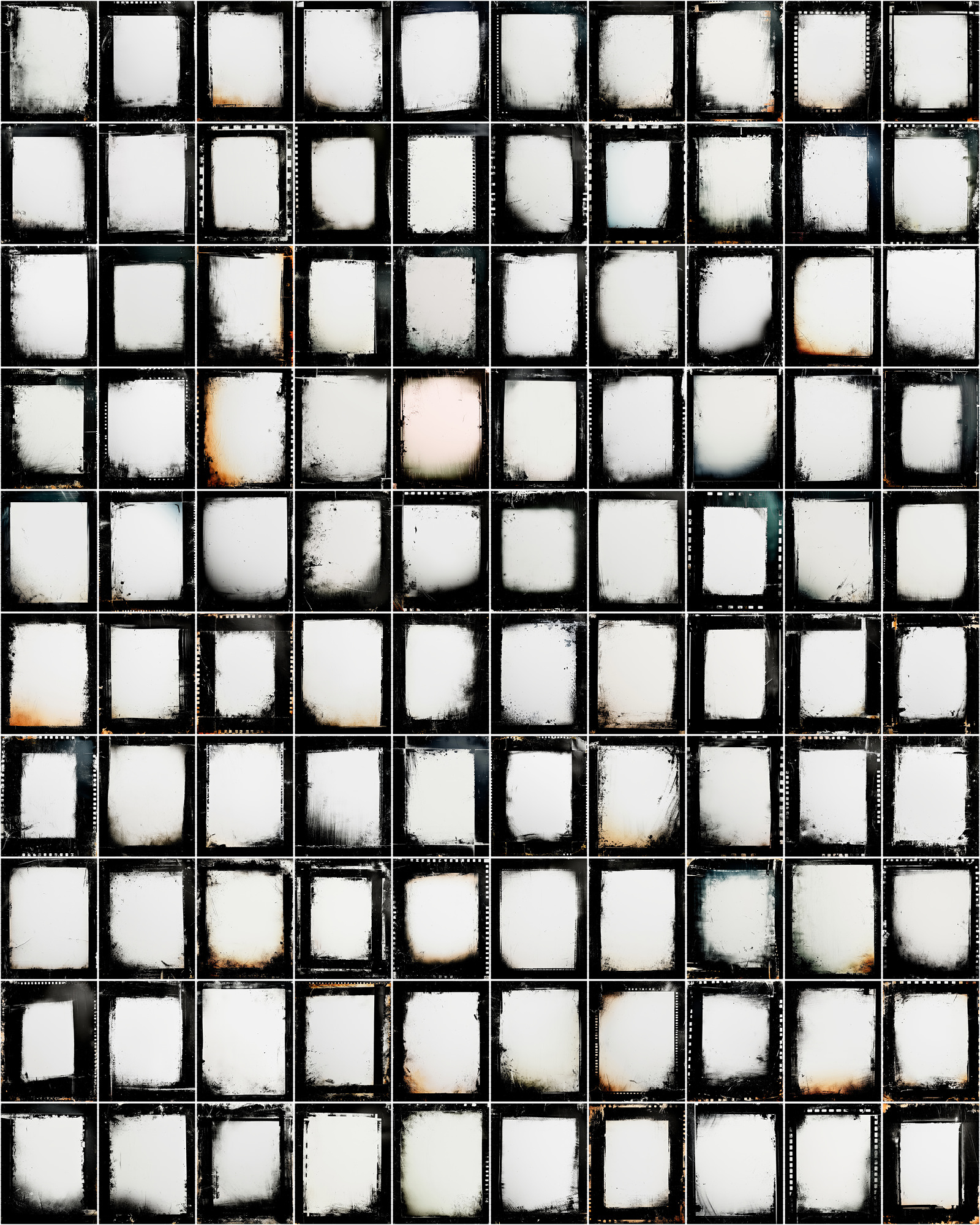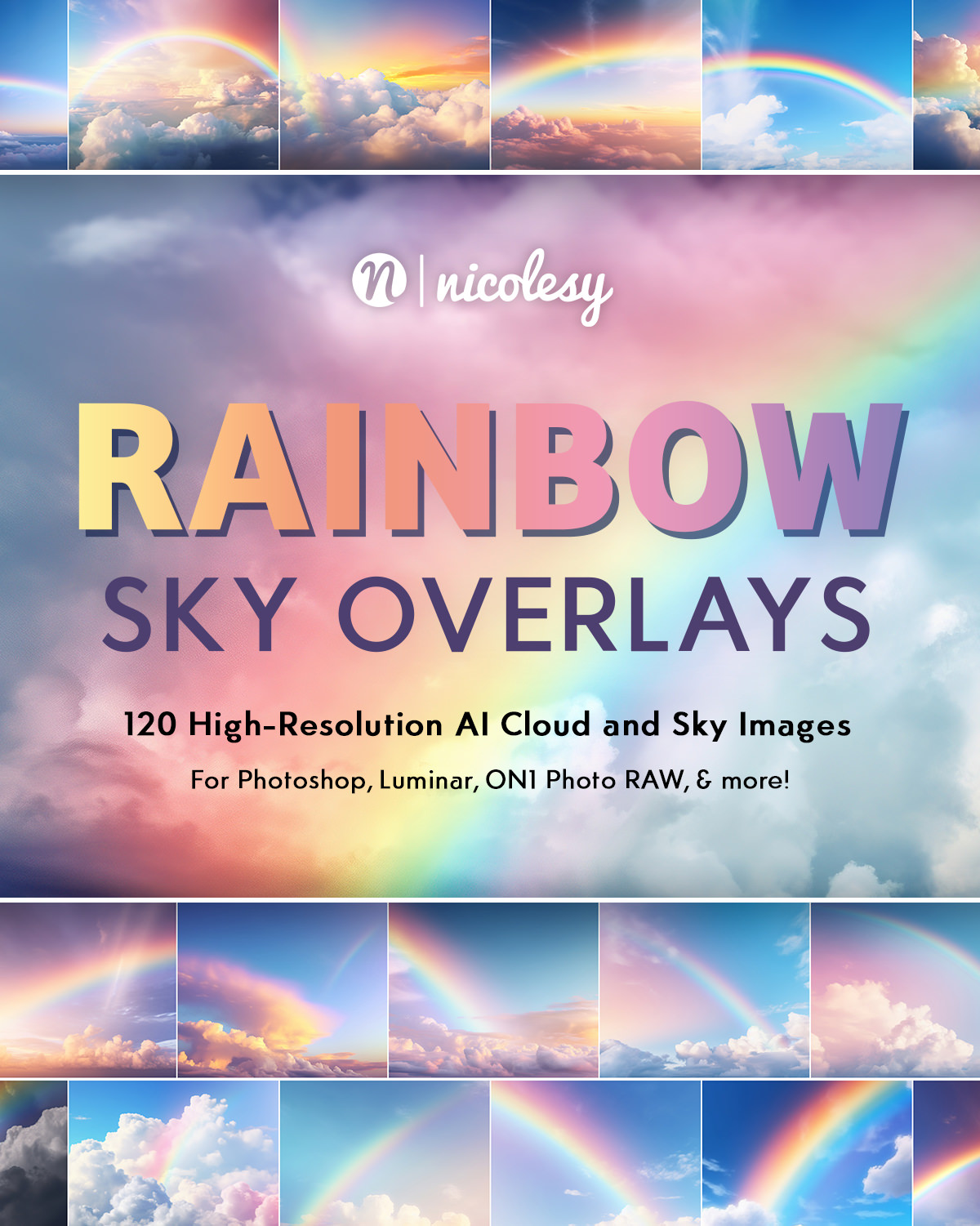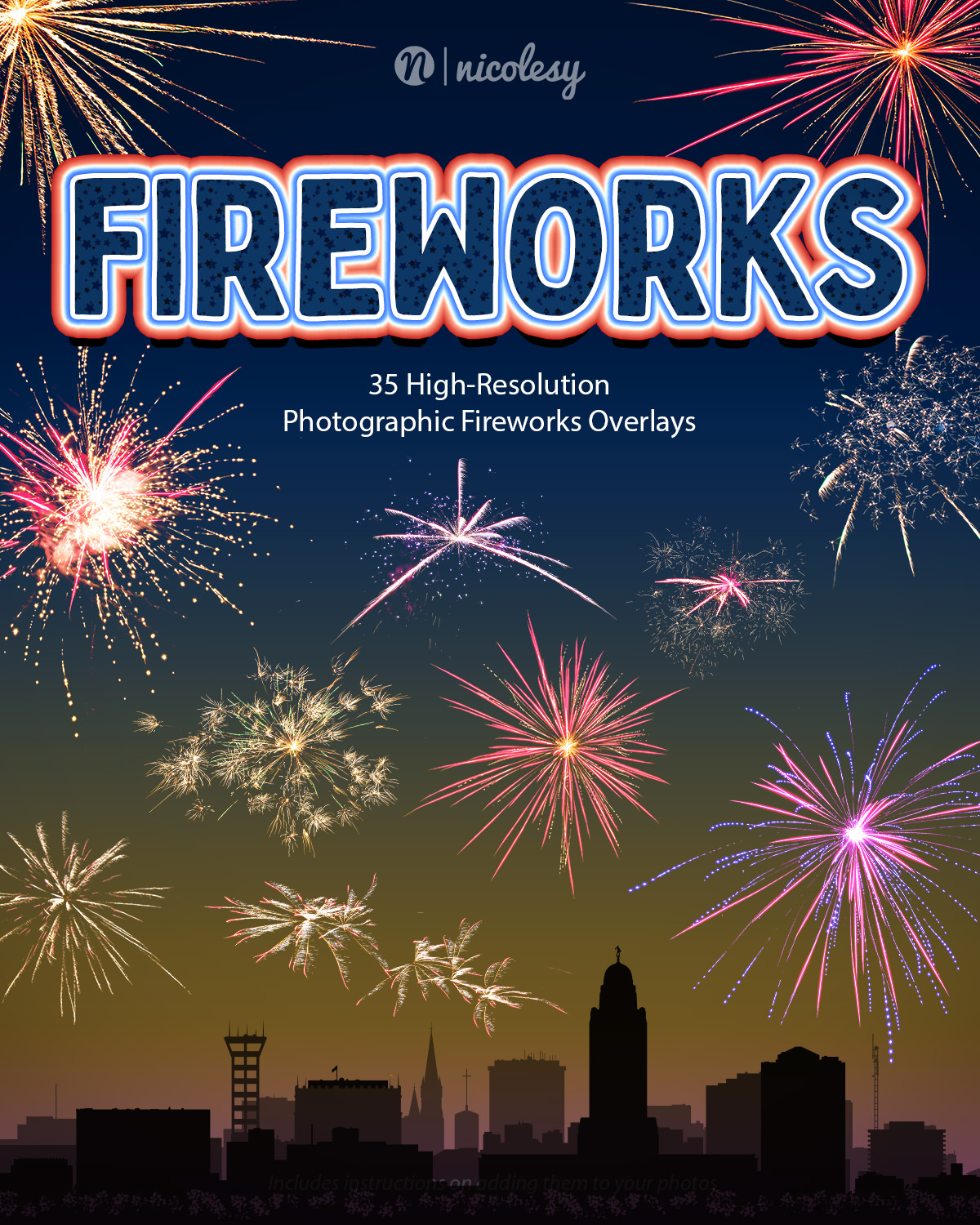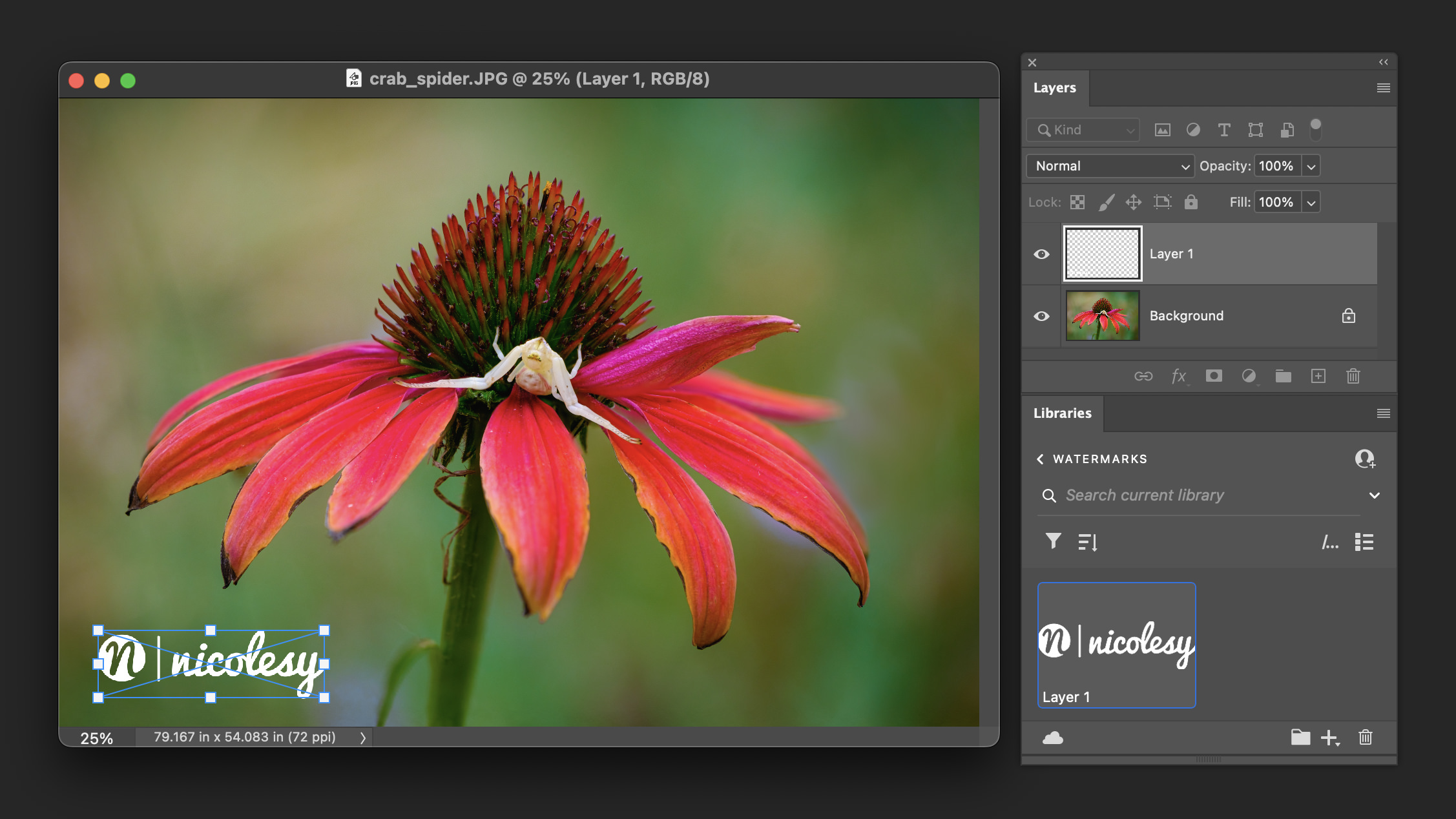Many photographers work from the comfort of their homes. Whether it’s to edit and process photos, create invoices, update a blog or website, we do a lot of it while sitting in a home-office. I’m one of these photographers, and I thought it would be helpful to share some of the things I do regularly to keep myself productive while working from home.
1. Write lists.
When I have a lot to do, even if it has nothing to do with work, it tends to clutter my mind. My reaction to this is to write out lists of all of the things that I need to accomplish to remove them from my brain and put them down some-place else. It’s also nice to have a visual of the things that I need to accomplish, and I find that I am MUCH more likely to get them done when I can see them listed out. Here are a few different methods I use to create lists:
- Evernote. This is probably my biggest organizational tool for projects that I currently use. I list out my projects, and then list out every step/task/etc. that needs to be done to complete it. http://evernote.com
- Sticky notes. I use an iMac, and the area just below the screen is a great place to post sticky-notes on. I’ll write down tasks I’m working on for the day, or for the week, and then remove them and crumple them up when I completed that task or project.
- White-boards. Oftentimes I will write out daily tasks that I need to do on a white board, and then cross them off as I complete them. I will also dedicate certain white-boards to certain projects, such as a dedicated white-board for my food photography ideas, and keep that in a separate part of my office.
2. Focus on one task at a time.
Right now I have at least three different projects I’m trying to work on: a lengthy video course, a print book, and a self-published eBook. If I were to try and work on all of them at the same time then I would go nuts and something would suffer. So, instead, I group them into tasks and work on them individually.
For example, my video course is almost completed, but I have a deadline in about a month for a few chapters of my book. So my priority is to finish as much of the video course that I can over the next few days, and then set aside another couple of days to focus completely on my book.
If I try and think about every single thing that I need to accomplish all at once, then anxiety and stress will overtake me and I will get nothing done. So instead, I look at everything based on deadlines and priority, and only work on one thing at a time. It keeps me sane. :)
3. Work out of home from time-to-time.
When I’m doing a lot of writing for a book or eBook, or have some articles to pump out, I find that leaving the house can be a very good thing. I will typically spend a few hours working at a local coffee shop and bring the laptop along, but I have also found that libraries are great places to work, too (they are a distraction-free, quiet environment, and they’re free!).
Another option is a coworking space, which is a shared workspace with other work-from-home types. I have yet to try one out myself, but it’s always been on my to-do list. They can be a little pricey, depending on where you live, but if they help with productivity it can be a worthy expense.
4. Take breaks (but not too many).
When it’s lunch-time, I cook my food and plop down in front of the tv to watch something while enjoying my meal. I probably spend 30 minutes on my “lunch break” before going back into my office. I try not to eat in front of the computer or at my desk, mostly because I want to take a mind-break from whatever I’m doing.
5. Create a distraction-free work environment.
In my home, there’s not often a lot going on. I don’t have kids, so I won’t pretend to give advice on that, but I do have a dog that is really good at giving me “guilty puppy-dog eyes”. And, I’m the type of person who likes to have little to no distractions when I’m in the middle of a project. Let’s just say that I don’t like it when people “pop in” on me when I’m doing something, which also includes text messages, phone calls, or anything that screams “look at me and give me attention!”.
To try and avoid this, I have a few things that I will do. Sometimes, if I’m in a really serious work-mood, I will disconnect the WiFi from my computer and silence my phone (I also flip it upside-down so I can’t see it light up). I will also shut and lock the door to my office and politely inform anyone in the house that I need “alone work time.” Another option is to use headphones to block out distracting noises, and they also show people who might “pop in” that you are doing something and don’t want to be distracted.
6. Wear comfortable clothes.
I’ve read other articles that talk about working from home, and they almost always say something like “shower first thing and dress like you’re going to work”. My response to that: Horse poop. I’m not ashamed to say that I wear pajamas at home most of the time. I have no one to impress, no clients to meet with, and if I’m not leaving the house, why does it matter?
If dressing like you’re heading “to the office” works for you, then go for it! For me (and most other work-at-home people), comfortable clothes are my work clothes of choice.
7. Stop working!
When you’re home, it can be easy to work all day long. In fact, when I have the house to myself, my working hours usually increase by about 50%. This is why I do my best to stop working altogether in the evening. I also try to keep myself from “working while playing”, meaning I won’t do any serious work on my laptop while relaxing at the end of the day. Our brains need to rest and take a break, and if you never put the laptop/phone/tablet down then you’ll burn yourself out!
Many photographers work from the comfort of their homes. Whether it’s to edit and process photos, create invoices, update a blog or website, we do a lot of it while sitting in a home-office. I’m one of these photographers, and I thought it would be helpful to share some of the things I do regularly to keep myself productive while working from home.
1. Write lists.
When I have a lot to do, even if it has nothing to do with work, it tends to clutter my mind. My reaction to this is to write out lists of all of the things that I need to accomplish to remove them from my brain and put them down some-place else. It’s also nice to have a visual of the things that I need to accomplish, and I find that I am MUCH more likely to get them done when I can see them listed out. Here are a few different methods I use to create lists:
- Evernote. This is probably my biggest organizational tool for projects that I currently use. I list out my projects, and then list out every step/task/etc. that needs to be done to complete it. http://evernote.com
- Sticky notes. I use an iMac, and the area just below the screen is a great place to post sticky-notes on. I’ll write down tasks I’m working on for the day, or for the week, and then remove them and crumple them up when I completed that task or project.
- White-boards. Oftentimes I will write out daily tasks that I need to do on a white board, and then cross them off as I complete them. I will also dedicate certain white-boards to certain projects, such as a dedicated white-board for my food photography ideas, and keep that in a separate part of my office.
2. Focus on one task at a time.
Right now I have at least three different projects I’m trying to work on: a lengthy video course, a print book, and a self-published eBook. If I were to try and work on all of them at the same time then I would go nuts and something would suffer. So, instead, I group them into tasks and work on them individually.
For example, my video course is almost completed, but I have a deadline in about a month for a few chapters of my book. So my priority is to finish as much of the video course that I can over the next few days, and then set aside another couple of days to focus completely on my book.
If I try and think about every single thing that I need to accomplish all at once, then anxiety and stress will overtake me and I will get nothing done. So instead, I look at everything based on deadlines and priority, and only work on one thing at a time. It keeps me sane. :)
3. Work out of home from time-to-time.
When I’m doing a lot of writing for a book or eBook, or have some articles to pump out, I find that leaving the house can be a very good thing. I will typically spend a few hours working at a local coffee shop and bring the laptop along, but I have also found that libraries are great places to work, too (they are a distraction-free, quiet environment, and they’re free!).
Another option is a coworking space, which is a shared workspace with other work-from-home types. I have yet to try one out myself, but it’s always been on my to-do list. They can be a little pricey, depending on where you live, but if they help with productivity it can be a worthy expense.
4. Take breaks (but not too many).
When it’s lunch-time, I cook my food and plop down in front of the tv to watch something while enjoying my meal. I probably spend 30 minutes on my “lunch break” before going back into my office. I try not to eat in front of the computer or at my desk, mostly because I want to take a mind-break from whatever I’m doing.
5. Create a distraction-free work environment.
In my home, there’s not often a lot going on. I don’t have kids, so I won’t pretend to give advice on that, but I do have a dog that is really good at giving me “guilty puppy-dog eyes”. And, I’m the type of person who likes to have little to no distractions when I’m in the middle of a project. Let’s just say that I don’t like it when people “pop in” on me when I’m doing something, which also includes text messages, phone calls, or anything that screams “look at me and give me attention!”.
To try and avoid this, I have a few things that I will do. Sometimes, if I’m in a really serious work-mood, I will disconnect the WiFi from my computer and silence my phone (I also flip it upside-down so I can’t see it light up). I will also shut and lock the door to my office and politely inform anyone in the house that I need “alone work time.” Another option is to use headphones to block out distracting noises, and they also show people who might “pop in” that you are doing something and don’t want to be distracted.
6. Wear comfortable clothes.
I’ve read other articles that talk about working from home, and they almost always say something like “shower first thing and dress like you’re going to work”. My response to that: Horse poop. I’m not ashamed to say that I wear pajamas at home most of the time. I have no one to impress, no clients to meet with, and if I’m not leaving the house, why does it matter?
If dressing like you’re heading “to the office” works for you, then go for it! For me (and most other work-at-home people), comfortable clothes are my work clothes of choice.
7. Stop working!
When you’re home, it can be easy to work all day long. In fact, when I have the house to myself, my working hours usually increase by about 50%. This is why I do my best to stop working altogether in the evening. I also try to keep myself from “working while playing”, meaning I won’t do any serious work on my laptop while relaxing at the end of the day. Our brains need to rest and take a break, and if you never put the laptop/phone/tablet down then you’ll burn yourself out!

Nicole is a photographer, published author, and educator specializing in Lightroom, Photoshop, and photography. She is best known for her books on food photography but is widely versed in various photographic genres, including landscape, nature, stock, travel, and experimental imagery.













I like your idea on writing lists. I use Microsoft OneNote. I can create my list on one platform and it updates to my phone, IPad, Desktop and work computer. So I can always get to my list.
It’s great to see that I am not to far off. I totally agree on being comfortable while working at home especially having sit for so long. I am surprised someone hasn’t tapped this market.
Next, I have tried many ways to keep my to-do lists in a productive form. What’s working for me is going back to Franklin Planners but this time using the monthly spiral version and using a pencil. Nice break from device screens. It’s like having a journal. [Note: if you want to bind two months at a time, use a paperclip.]